Pomegranate growers in the Western Cape districts of Wellington, Paarl and the Swartland are finishing their harvests, after a season that – like much else – was two weeks early this year. Initially the crop was expected to be smaller, but anecdotally a number of growers in the Cape have indicated similar or larger crops, says Kai-Uwe Molzahn, new chairperson of POMASA, the South African growers’ organisation for pomegranate exports.
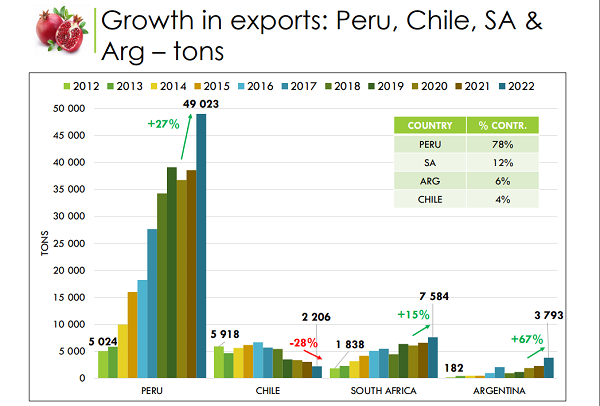
Strong growth in pomegranate exports from the Southern Hemisphere, where Peru still dwarves the output of other production regions (source: Hortgro)
An early end is beneficial, as it increases the chances of being in Europe before Peru or making it to the Middle East ahead of Eid, which falls on 21/22 April this year. 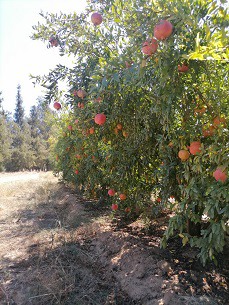 "The downside is that we’re again struggling with shippings. Last year and the year before the shipping was really bad and it does not seem to be any better this year,” says Kai-Uwe Molzahn, who established the pomegranates on Wijdgezicht Farm on what used to be vineyards
"The downside is that we’re again struggling with shippings. Last year and the year before the shipping was really bad and it does not seem to be any better this year,” says Kai-Uwe Molzahn, who established the pomegranates on Wijdgezicht Farm on what used to be vineyards
He markets his pomegranates through Sapex.
“The Middle East has been our biggest growth market over the last few years, and today South Africa sends more than half of its pomegranates to the Middle East. The European market has shrunk, not so much in volumes but in percentages. The Middle East has grown tremendously for us and it’s a very important market for us.”
He remarks that clients in the Middle East understand the fruit much better than other markets who fixate on the fruit’s external appearance. Blemishes, scars and light sunburn have no influence on aril quality, but such fruit is usually exported as processing grade, especially to the Middle East where it probably doesn’t necessarily go into processing but into pomegranate-loving homes.
Last season’s pomegranate exports from South Africa was 15% up on the previous year with 1.995 million 3.8kg cartons (roughly two-thirds for processing), a steep increase over the past decade.
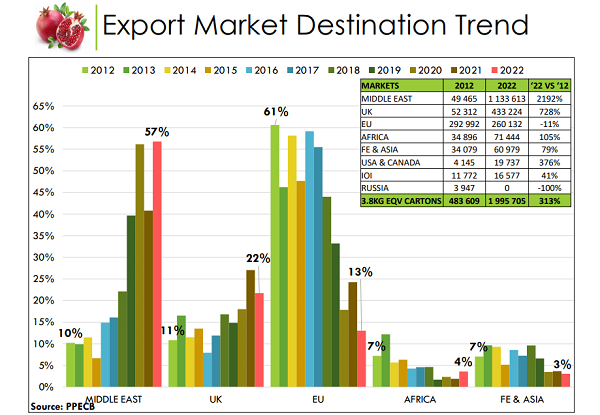
"The European market has shrunk, not so much in volumes but in percentages. The Middle East has grown tremendously for us and it’s a very important market for us." (graph: PPECB/Hortgro)
Changing irrigation scheduling as harvest approaches
“Although we had more unseasonal rain in February and March (for both months together, we had nearly 100mm here where I am, outside Riebeeck-Kasteel) I have better quality pomegranates this year. We don’t have as much waste because of cracked fruit this year. It is normally a result of early rain and we had that early rain, but I think if you anticipate it, you can counteract it through your irrigation processes,” Kai-Uwe says.
On the recommendation of an irrigation specialist whom he approached after big losses to cracking the past two seasons, he has changed the irrigation schedule closer to harvest time so that swelling of the arils don’t strain, and crack, the increasingly hardened peel.
However, the subject of irrigation immediately brings to mind another topic: South Africa’s chronic power cuts.
“The other challenge for us all is the extreme loadshedding we had in December, January and February which was really, really an issue for us because it determined how much irrigation we could apply. To adhere to an irrigation schedule with between 10 to 12 hours a day of loadshedding is very difficult.”
It has had a huge impact on that part of the business, he observes.
“Loadshedding has improved over the last week or two, but now it’s at the end of our season when we’ve basically stopped irrigating, except for some post-harvest fertigation requirements.”
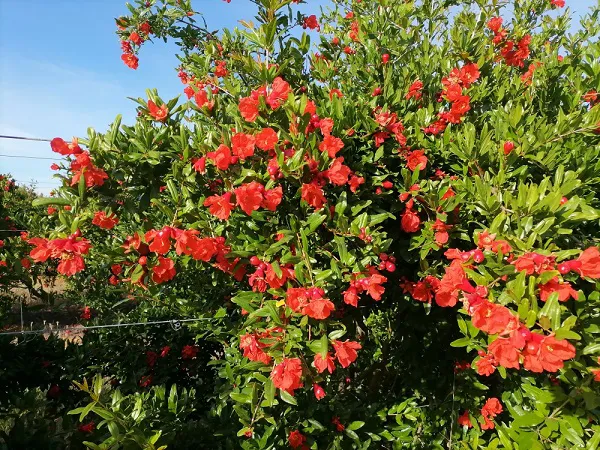
Expansion in pomegranates in north of South Africa
He notes that there have been a number of newcomers to pomegranate-growing from Limpopo Province. POMASA now has a membership of about 70 growers.
“They are two to three weeks earlier than the Western Cape and that gives the industry access to markets earlier in the season. It gives us a foot in the door and it’s good for us. It gives South Africa a longer span, taking us from six to seven weeks to eight or nine weeks now. Growers up north can compete strongly with Peru in terms of timing. They can start in first or second week of the year already.”
Pomegranates grown in the north for exports used to be trucked down to be packed in the Western Cape, but a northern pomegranate grower has recently converted his citrus packline to pomegranates.
POMASA recently has appointed a director on the board of POMASA from the northern region, to better represent growers in the north.
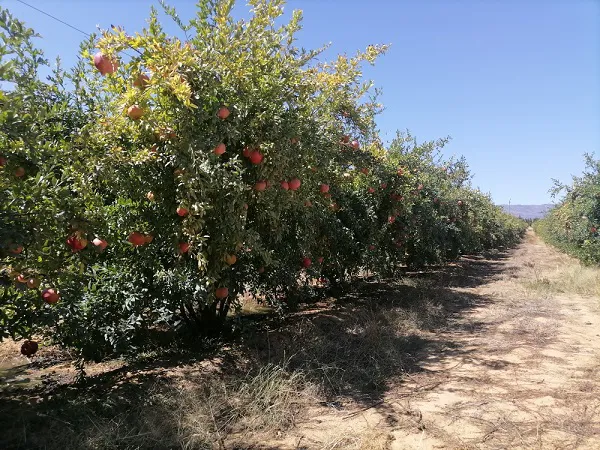
Industry has grown organically
Pomegranates haven’t seen the boom (and bust) of their contemporaries like lemons.
“The growth of pomegranate has been more organic, and we haven’t seen too many pomegranate producers disappearing. Producers might change over from certain cultivars like Herskovits to Wonderful or a new cultivar,” he points out.
“Also, not many farmers just grow pomegranates. They’re normally part of something else like table or wine grapes in this area, or soft citrus and apricots."
In the north, some potato lands have been converted to pomegranates.
POMASA has recently completed an international market prioritization study, in order to explore new and alternative markets for the industry.  For more information:
For more information:
Kai-Uwe Molzahn
POMASA
Tel: +27 21 870 2900
Email: andriette@hortgro.co.za
https://www.sapomegranate.co.za/
